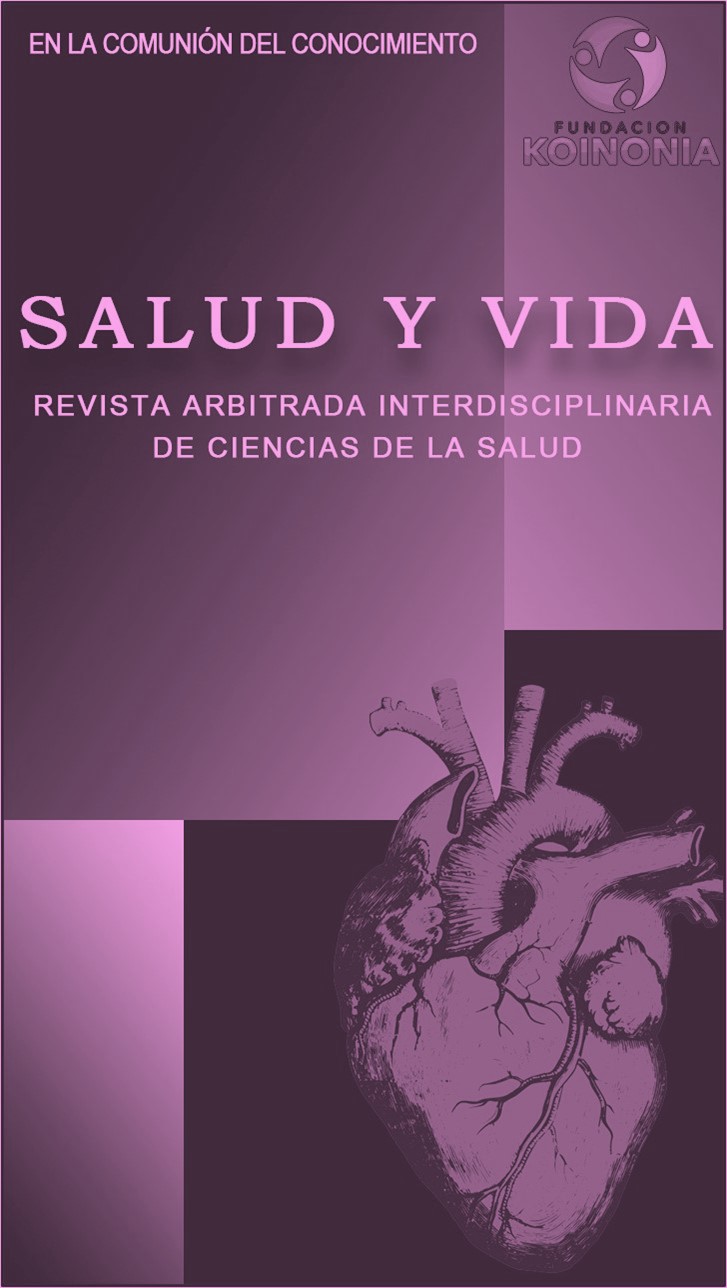Home training to maintain health fitness in the pandemic by COVID-19
DOI:
https://doi.org/10.35381/s.v.v8i2.4254Keywords:
Motor activity, exercise, muscle stretching exercises, (Source: DeCS)Abstract
Objective: To describe the importance of home training in maintaining health fitness in the COVID-19 pandemic. Method: Descriptive documentary, 15 scientific articles published in PubMed were reviewed. Conclusion: Home-based training during the COVID-19 pandemic proved to be an effective strategy to mitigate fitness decline in various population groups, although it could not fully compensate for the specific physical demands of some sports and vulnerable populations. Motivation, access to resources and the use of digital technologies were key factors in promoting physical activity and maintaining health during confinement.
Downloads
References
Purc-Stephenson RJ, Zimmerman TMJ, Edwards R. Motivation to train during a pandemic: The role of fitness resources, mental health, and motivational profiles among student-athletes in team sports. Front Sports Act Living. 2022;4:954086. http://dx.doi.org/10.3389/fspor.2022.954086
Ponciano IC, Seixas MB, Peçanha T, et al. Maintenance of Physical Activity Behavior by Individuals with Prediabetes and Diabetes during the COVID-19 Pandemic after Completing an Exercise Intervention in Brazil. Int J Environ Res Public Health. 2022;19(14):8857. http://dx.doi.org/10.3390/ijerph19148857
Haddad M, Abbes Z, Mujika I, Chamari K. Impact of COVID-19 on Swimming Training: Practical Recommendations during Home Confinement/Isolation. Int J Environ Res Public Health. 2021;18(9):4767. http://dx.doi.org/10.3390/ijerph18094767
Font R, Irurtia A, Gutierrez JA, Salas S, Vila E, Carmona G. The effects of COVID-19 lockdown on jumping performance and aerobic capacity in elite handball players. Biol Sport. 2021;38(4):753-759. http://dx.doi.org/10.5114/biolsport.2021.109952
Ammar A, Boukhris O, Halfpaap N, et al. Four Weeks of Detraining Induced by COVID-19 Reverse Cardiac Improvements from Eight Weeks of Fitness-Dance Training in Older Adults with Mild Cognitive Impairment. Int J Environ Res Public Health. 2021;18(11):5930. http://dx.doi.org/10.3390/ijerph18115930
Kulnik ST, Sareban M, Höppchen I, et al. Outpatient Cardiac Rehabilitation Closure and Home-Based Exercise Training During the First COVID-19 Lockdown in Austria: A Mixed-Methods Study. Front Psychol. 2022;13:817912. http://dx.doi.org/10.3389/fpsyg.2022.817912
Jurak G, Morrison SA, Kovač M, et al. A COVID-19 Crisis in Child Physical Fitness: Creating a Barometric Tool of Public Health Engagement for the Republic of Slovenia. Front Public Health. 2021;9:644235. http://dx.doi.org/10.3389/fpubh.2021.644235
Bentlage E, Ammar A, How D, et al. Practical Recommendations for Maintaining Active Lifestyle during the COVID-19 Pandemic: A Systematic Literature Review. Int J Environ Res Public Health. 2020;17(17):6265. http://dx.doi.org/10.3390/ijerph17176265
Pucsok JM, Kovács M, Ráthonyi G, Pocsai B, Balogh L. The Impact of COVID-19 Lockdown on Agility, Explosive Power, and Speed-Endurance Capacity in Youth Soccer Players. Int J Environ Res Public Health. 2021;18(18):9604. http://dx.doi.org/10.3390/ijerph18189604
Menhas R, Qin L, Saqib ZA, Younas M. The association between COVID-19 preventive strategies, virtual reality exercise, use of fitness apps, physical, and psychological health: testing a structural equation moderation model. Front Public Health. 2023;11:1170645. http://dx.doi.org/10.3389/fpubh.2023.1170645
Demarie S, Chirico E, Bratta C, Cortis C. Puberal and Adolescent Horse Riders' Fitness during the COVID-19 Pandemic: The Effects of Training Restrictions on Health-Related and Functional Motor Abilities. Int J Environ Res Public Health. 2022;19(11):6394. http://dx.doi.org/10.3390/ijerph19116394
Sui W, Rush J, Rhodes RE. Engagement With Web-Based Fitness Videos on YouTube and Instagram During the COVID-19 Pandemic: Longitudinal Study. JMIR Form Res. 2022;6(3):e25055. http://dx.doi.org/10.2196/25055
Raine LB, Erickson KI, Grove G, et al. Cardiorespiratory fitness levels and body mass index of pre-adolescent children and older adults during the COVID-19 pandemic. Front Public Health. 2023;10:1052389. http://dx.doi.org/10.3389/fpubh.2022.1052389
Peña-González I, Sarabia JM, Manresa-Rocamora A, Moya-Ramón M. International football players with cerebral palsy maintained their physical fitness after a self-training program during the COVID-19 lockdown. PeerJ. 2022;10:e13059. http://dx.doi.org/10.7717/peerj.13059
Tsolakis C, Cherouveim ED, Viliotis A, Simeonidis T, Skouras A, Koulouvaris P. Effect of a home-based exercise training program on anthropometric characteristics and exercise performance during Covid-19 quarantine in young high-level kayak athletes. Sport Sci Health. 2023;19(1):339-347. http://dx.doi.org/10.1007/s11332-022-00979-0
Published
How to Cite
Issue
Section
License
Copyright (c) 2024 Zully Nicol Tutalchá-Montenegro, Stefany Nicole Pilataxi-Chandi, Melba Esperanza Narváez-Jaramillo

This work is licensed under a Creative Commons Attribution-NonCommercial-ShareAlike 4.0 International License.
CC BY-NC-SA : Esta licencia permite a los reutilizadores distribuir, remezclar, adaptar y construir sobre el material en cualquier medio o formato solo con fines no comerciales, y solo siempre y cuando se dé la atribución al creador. Si remezcla, adapta o construye sobre el material, debe licenciar el material modificado bajo términos idénticos.
OAI-PMH: https://fundacionkoinonia.com.ve/ojs/index.php/saludyvida/oai.









